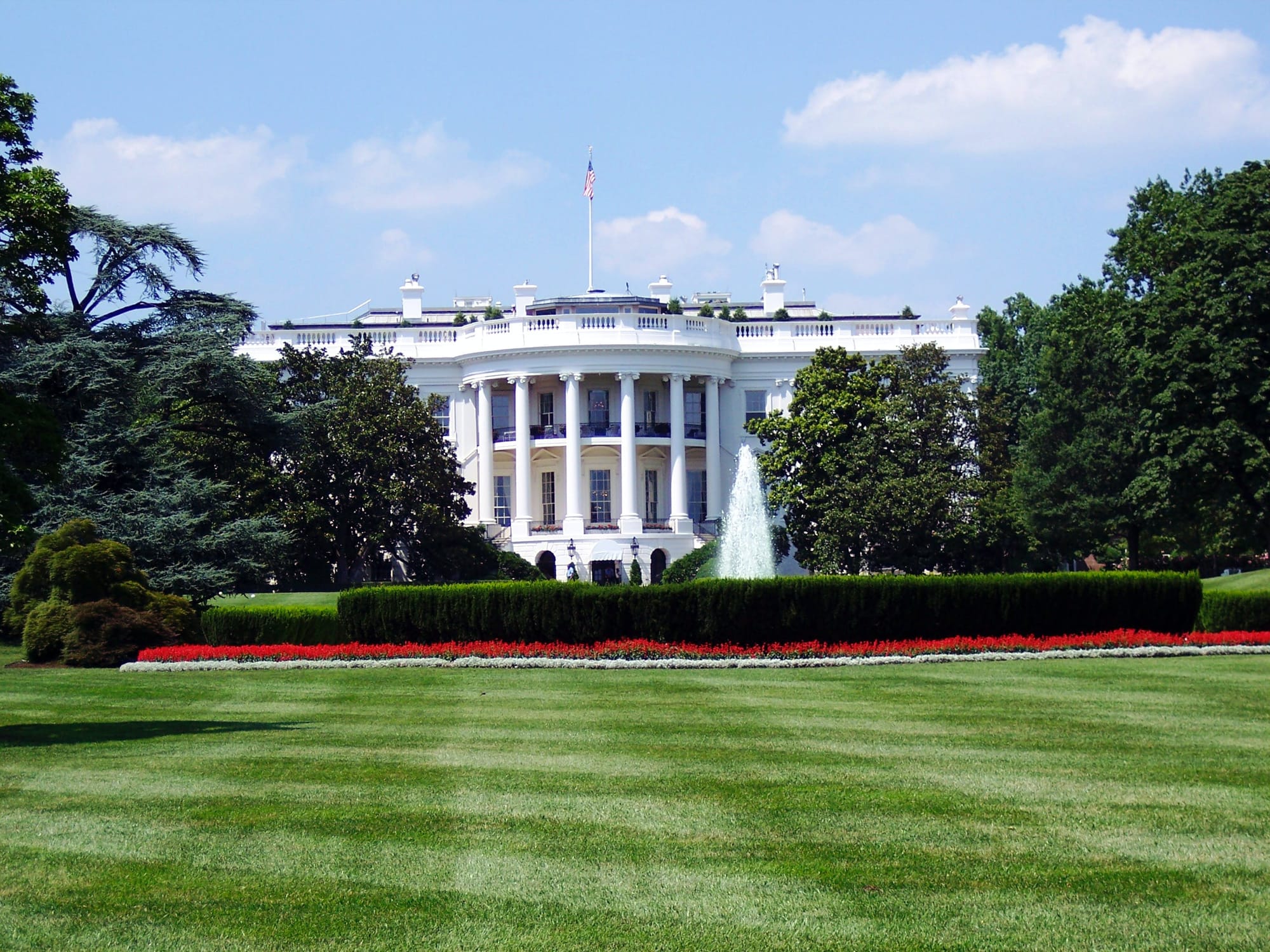Abortion Controversy
The controversy: The abortion controversy centers around how rights of pregnant women should be balanced against rights of their unborn children. Laws and opinions are not simply 'pro choice' or 'pro life,' but fall on a spectrum, where abortion is typically more accepted very early in the pregna...
Facts
- The controversy: The abortion controversy centers around how rights of pregnant women should be balanced against rights of their unborn children. Laws and opinions are not simply 'pro choice' or 'pro life,' but fall on a spectrum, where abortion is typically more accepted very early in the pregnancy for reasons such as rape, incest, serious genetic defects or maternal health risks, and less accepted late in the pregnancy for reasons such as career inconvenience or sex selection.1
- Incidence: Globally, the WHO estimates that about 45% of all pregnancies end with abortion. In the US, about 18% of all pregnancies end with abortion, with the peak occurrence five weeks after conception (at seven weeks 'gestational age') and about 99% during the first half of pregnancy. About 1% of US abortions are because of rape, about 0.5% due to incest and about 1% due to fetal abnormality. Globally, about 45% of abortions are unsafe and kill about one out of every 500 pregnant women having them. Legal US abortions are about 500 times safer.2
- Abortion as a Constitutional Right: 94% of women of reproductive age live in countries that allow abortion under at least some circumstances, with 36% having access to it on request, at varying gestational ages. Another 22% of women have access to the procedure to save the mother's life, 12% for health reasons, and 24% on broad social and economic grounds.3
- History of Abortion in the US: Abortion was legal in the US (up to roughly the fourth month of pregnancy) until the last third of the 1800s, after which it was outlawed state by state. The 1960s, however, saw challenges emerge to the national patchwork of anti-abortion law, with Hawaii and New York decriminalizing the procedure in 1970. In 1973, SCOTUS made a landmark ruling in the Texas case of Roe v. Wade that a woman's right to terminate pregnancy is implicit in the constitutional right to privacy, but that states could regulate the procedure after the first trimester.4
- Legal Challenges to Roe v. Wade: Abortion law continued to be tested and revised over the next 40 years. Planned Parenthood v. Casey (1992) saw the court reject Roe's trimester framework and set a new standard for allowing state restrictions by adopting an undue burden test - requiring state restrictions not to place 'a substantial obstacle in the path of a woman seeking an abortion of a nonviable fetus.'5
- Roe Overturned: On June 24, 2022, following a challenge to a Mississippi abortion law, SCOTUS overturned the federally protected right to abortion. The Dobbs v. Jackson Women's Health Organization (JWHO) ruling stated that the Constitution “makes no express reference to a right to obtain an abortion” and found that access to the procedure wasn't protected by the Constitution’s Amendments, thereby reversing a legal precedent set by Roe and handing legislative power back to the states. The result had been widely anticipated after a draft ruling was leaked in May 2022.6
Sources: 1Pew Research Center, 2WHO, 3Center for Reproductive Rights, 4Wikipedia, 5Washington Post and 6Independent.
Narratives
- Left narrative, as provided by Amnesty International. Access to safe abortions is fundamental to the principle of human autonomy and crucial to women's mental and physical health. Banning abortions will do very little other than strip women of their rights to bodily autonomy, put their health and safety at risk, and disproportionately affect marginalized communities that don't have the means to seek the essential treatment elsewhere.
- Right narrative, as provided by The Wall Street Journal. The central question in the abortion debate is when human life begins. Even if not yet fully developed, an unborn child is human and to take their life is morally reprehensible. Unborn children should have the same right to bodily autonomy that pro-abortionists demand for women. Besides, it's ironic that the same people promoting bodily autonomy in abortion are those taking coercive measures with the COVID vaccines. Elected state legislators must pursue all options to protect unborn lives.
- Cynical narrative, as provided by Atlantic. What started off as a moral debate on women's rights versus unborn babies rights has morphed into a cynical strategy for winning elections: both sides focus on rare situations that account for only about one in a hundred abortions (either very late-term abortions or unusual reasons such as rape, incest and fetal abnormalities) to rile up their political base and drive voter turnout.







